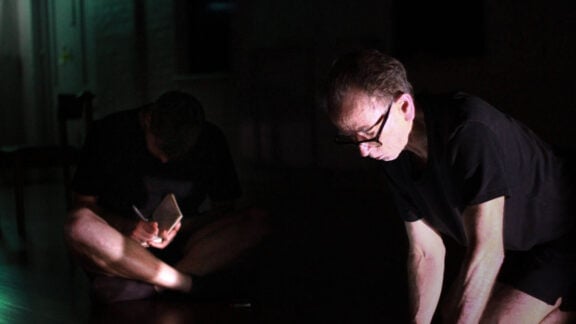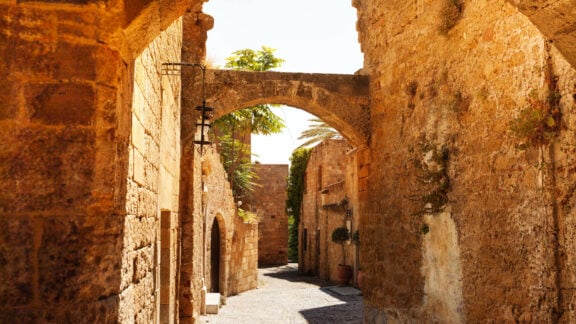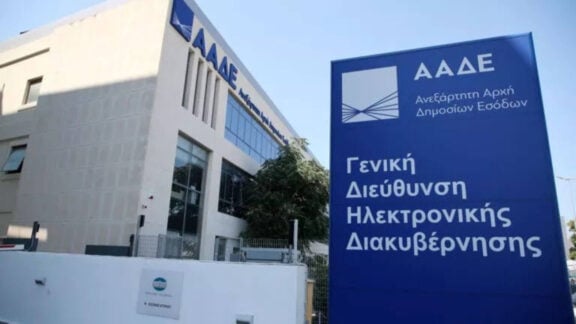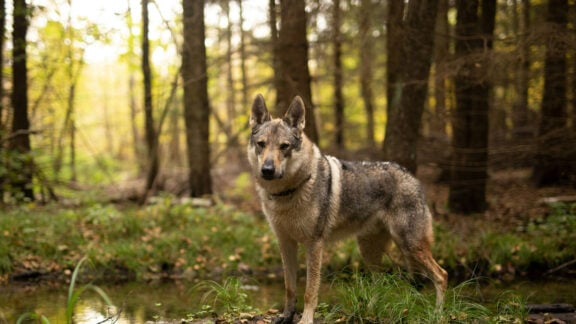During the nineties I was curious as to why the town of Galaxidi not only had preserved its buildings but also good Greek eating habits. All the tavernes had menus of very authentic Greek food and one could even get a “glyko tou koutaliou”, rare in Athens, ten years ago.
I am not sure if this town was the first Greek experiment in Agro Tourism and now I wish I had asked, but I did ask why such a small town had so many young people and was told that there was a school there training young people in the hospitality business. There is now a concentrated government initiative to develop Agro tourism and the organic food industry.
The food industry in Greece has taken off almost overnight in all the best ways possible. People who have studied marketing at university level sell food domestically and to the rest of the world, the prime example being Crete, the organic food bowl in Greece. Today, in Athens surrounding the old gas works – which has been turned into concert venues and exhibition venues – some of the best tavernes in Athens exist. My personal favourite there was ‘Sardeles’ that specialises in fresh seafood. This place had the best taramosalata I have come across in a restaurant, made from the real yellow roe and not artificially coloured. We would dive into the Karavides, a crustacean like a mini lobster. The only place in the past that I had ever eaten fresh Karavides was on the Island of Lemnos. The Psarosoupa came in a mug leaving you plenty of space for koutsomoures, octopus, steamed mussels, and bakaliaro with skordalia and just about anything that lived in the sea. The meal was served on ladokola that had been printed especially for this place.
My everyday lunchtime was in Psirri where I live when I go to Athens. Psirri has been re-zoned as part of the archeological centre and it is quiet, no cars and great eating places. I would eat at Nikitas, which is only open for lunch. Sophia’s family owns Nikitas and her mother cooks in the morning all the good things of home. She would then go home and the guys in the kitchen would make “tis oras”, the salads, the grills and sometimes-even kokoretsi. Every day there was one Legume dish. Sophia would get upset if I left food on my plate and she got into the habit of telling me how much I was “allowed” to order and when I had a cold she never even asked what I wanted, she would bring me the soup, whatever that was on the day.
In Halandri, I came across a taverna that served food from Chios. I had one of the most exciting dishes there, “Rizokalamaro”, calamari with rice – it had raisins, cardamom flavouring amongst other things. In this taverna I asked for kolokithakia tiganita and they came like French fries and served in a small kitchen shovel lined with ladokola.
In Plaka, “To Sholarhio”, has been around for many years and when I lived there I was a frequent patron. This is the place where they bring everything out on big trays and you choose your own mezze, you can then order the hot things like patates tiganites, tiganita kolokithakia, hot sausage and more, while surrounded by geraniums.
In upmarket Kolonaki a friend had his birthday and I was invited to dine with other guests at Altamira, a restaurant within an old Neo Classical building with a menu that was as astounding as was the food. Altamira markets itself as “the home of ethnic diners” and it did live up to its reputation with food from India, Asia, Mexico and the Middle East. This was a special night as it was accompanied by the music of Hadjidakis and a reading from the guest of honour of a Turkish fairy tale.









